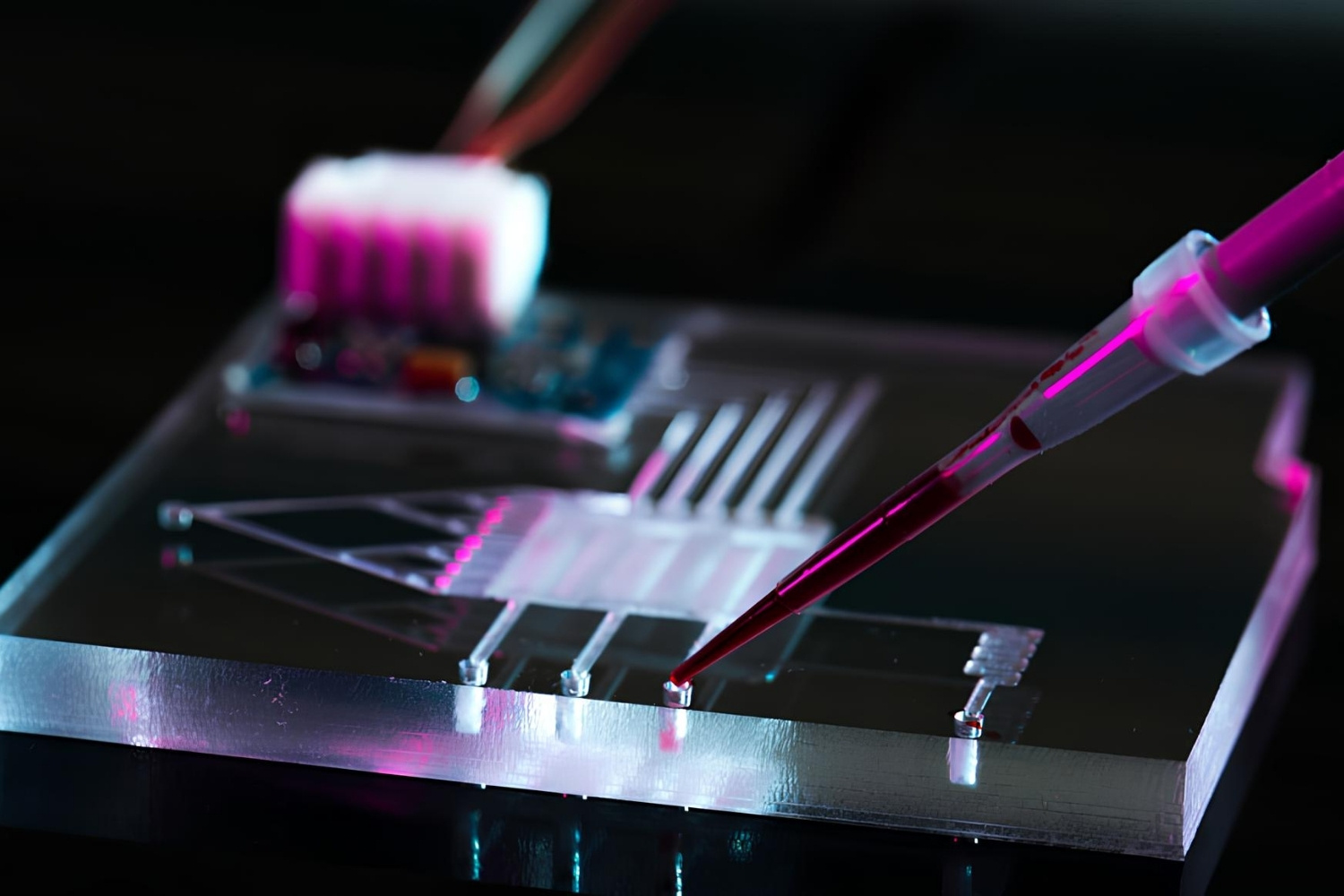
Microfluidics is a fascinating field that deals with the manipulation of tiny amounts of fluids, often on a microscopic scale. This technology has revolutionized various industries, from medical diagnostics to environmental monitoring. But what exactly makes microfluidics so special? Microfluidics allows for precise control and analysis of fluids, enabling innovations like lab-on-a-chip devices that can perform complex laboratory functions in a compact format. Imagine conducting multiple chemical reactions or biological assays on a single chip the size of a postage stamp! This efficiency not only saves time but also reduces costs and resource usage. Whether you're a student, a researcher, or just curious, these 29 facts about microfluidics will give you a deeper understanding of its impact and potential.
What is Microfluidics?
Microfluidics is the science of manipulating and controlling fluids, usually in the range of microliters to picoliters, in networks of channels with dimensions from tens to hundreds of micrometers. This field has revolutionized various scientific and industrial applications.
-
Microfluidics involves the precise control of tiny fluid volumes, often less than a droplet of water.
-
The channels used in microfluidic devices are typically smaller than the width of a human hair.
-
Microfluidic devices can be made from materials like glass, silicon, or polymers such as PDMS (polydimethylsiloxane).
Applications in Medicine
Microfluidics has made significant strides in the medical field, offering new ways to diagnose, treat, and understand diseases.
-
Microfluidic devices are used in point-of-care testing, allowing for rapid diagnostics at the patient's bedside.
-
These devices can perform multiple tests simultaneously on a single chip, saving time and resources.
-
Microfluidics is crucial in developing lab-on-a-chip technologies, which integrate several laboratory functions on a single chip.
-
Researchers use microfluidics to study cancer cells, helping to develop targeted therapies.
-
Microfluidic systems can create organ-on-a-chip models, mimicking human organs for drug testing.
Environmental and Industrial Uses
Beyond medicine, microfluidics has applications in environmental monitoring and various industries.
-
Microfluidic devices can detect pollutants in water sources quickly and accurately.
-
These systems are used in the food industry for quality control and safety testing.
-
Microfluidics helps in the development of new materials by allowing precise control over chemical reactions.
-
In the energy sector, microfluidics is used to study and optimize fuel cells.
Advantages of Microfluidics
The benefits of microfluidics are numerous, making it a preferred choice in many scientific and industrial applications.
-
Microfluidic devices require smaller sample volumes, reducing waste and cost.
-
They offer faster reaction times due to the small scale of the channels and the fluids involved.
-
These systems provide high-throughput screening capabilities, essential for drug discovery.
-
Microfluidic devices are highly portable, making them ideal for fieldwork and remote locations.
-
The precision of microfluidics allows for better control over experimental conditions.
Challenges in Microfluidics
Despite its advantages, microfluidics faces several challenges that researchers are working to overcome.
-
Fabricating microfluidic devices can be complex and expensive.
-
Ensuring the reliability and reproducibility of microfluidic systems is a significant hurdle.
-
Integrating microfluidic devices with existing laboratory equipment can be challenging.
-
Controlling fluid flow at such small scales requires precise engineering and design.
Future of Microfluidics
The future of microfluidics looks promising, with ongoing research and development opening new possibilities.
-
Advances in 3D printing are making it easier to create complex microfluidic devices.
-
Researchers are exploring the use of microfluidics in personalized medicine, tailoring treatments to individual patients.
-
Microfluidics is being integrated with artificial intelligence to enhance data analysis and decision-making.
-
The development of new materials is expanding the capabilities and applications of microfluidic devices.
-
Microfluidics is playing a role in the growing field of synthetic biology, enabling the creation of new biological systems.
Interesting Facts
Here are some intriguing tidbits about microfluidics that highlight its versatility and impact.
-
The concept of microfluidics dates back to the 1950s but gained significant traction in the 1990s.
-
Microfluidic devices are sometimes referred to as "labs-on-a-chip" due to their ability to perform multiple laboratory functions.
-
The smallest microfluidic channels can be just a few micrometers wide, smaller than a single red blood cell.
The Final Word on Microfluidics
Microfluidics is a game-changer in science and technology. From medical diagnostics to drug development, its applications are vast and impactful. This field allows for precise control of fluids on a tiny scale, leading to innovations that were once thought impossible. Researchers and engineers are continually finding new ways to utilize microfluidics, making it a dynamic and ever-evolving area of study.
Understanding the basics of microfluidics can open doors to numerous opportunities. Whether you're a student, a professional, or just curious, knowing these facts can give you a solid foundation. The future of microfluidics looks promising, with potential breakthroughs that could revolutionize various industries.
Stay curious, keep learning, and who knows? You might be part of the next big discovery in microfluidics. Thanks for joining us on this fascinating journey!
Was this page helpful?
Our commitment to delivering trustworthy and engaging content is at the heart of what we do. Each fact on our site is contributed by real users like you, bringing a wealth of diverse insights and information. To ensure the highest standards of accuracy and reliability, our dedicated editors meticulously review each submission. This process guarantees that the facts we share are not only fascinating but also credible. Trust in our commitment to quality and authenticity as you explore and learn with us.
